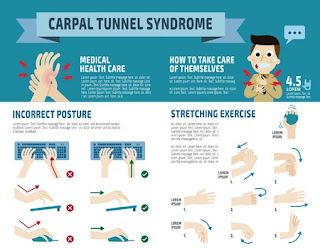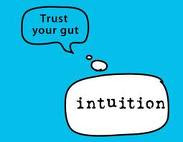Polishing prose so it sparkles
We’ve been talking about the editing process. We started at 30,000 feet looking at the big picture. Now we’re on terra firma.
In my book The Thong Principle: Saying What You Mean and Meaning What You Say, I discuss the various types of editing – and why they are all essential. For many of us, editing is synonymous with copyediting.
Copyediting is like minor surgery. The impact can be significant, but structural changes and in-depth revisions are not necessary (or have already been done). This type of editing, the most common for most of what we write, involves editing a document for style, flow, and clarity. It also requires ensuring a consistent tone and pacing. Publishers often call it line editing.
Editors Canada offers the following overview for stylistic editing, or line editing. For many writers, this is what they’re doing when they are copyediting. Ultimately, it doesn’t matter what we call it as long as we do it.
Stylistic Editing
Editing to clarify meaning, ensure coherence and flow, and refine the language.
It includes:
– eliminating jargon, clichés, and euphemisms
– establishing or maintaining the language level appropriate for the intended audience, medium, and purpose
– adjusting the length and structure of sentences and paragraphs
– establishing or maintaining tone, mood, style, and authorial voice or level of formality
What’s A Copyeditor To Do
Here are six areas of focus to help ensure your writing resonates with your audience and achieves your purpose. When you look closely at these elements, you sharpen the writing and the plot. Readers are more likely to be carried along by your words. There will be no head scratching and no rereading to make the meaning is clear.
Check for:
1. CLARITY
Look to see if you are using:
– Long sentences that could confuse readers
– Big words readers could stumble over
– Uncommon words that will furrow their brows
– A tone that distracts or conflicts with the content
Bottom line: Make sure the meaning of what you write can’t be misinterpreted.
2. TRANSITIONS
– Between sentences
– Between paragraphs
– Movement in time, place, subject
Transitions aren’t usually complex. They flow naturally moving readers through prose with short, everyday words like “however,” “so,” and “then.”
3. CONCRETENESS
– Facts and figures
– Specific language
– Action verbs
– Active voice
Readers want us to paint a picture for them – one they can see and one they can believe in.
4. REPETITIVENESS
– Are specific ideas repeated unnecessarily?
– Are words used more than once in sentences? In paragraphs?
Tip: Avoid summarizing. Readers don’t require it, and it slows them down.
5. COMPLETENESS
– Are the 5Ws and how answered?
– Are there any unanswered questions when there shouldn’t be?
Have you emphasized the most important question: Why?
6. FLOW
– Does the content make sense
– Do the words move smoothly
Find out for yourself. Read your writing out loud.
Would love to hear about your editing challenges — and successes.











donalee, what a timely post. I know something in my latest work is a cliched phrase, but it’s perfect for what the protagonist is encountering at the time. I’m thinking how to turn it or to come up with something fresh. Just keep drumming my fingers and come up with something else?
You also bring up the important point of WHY. Too often beta readers want to know upfront, and this was particularly true when I belonged to a romance critique group. Why was often the first question, and in mystery, the why is often explained later. Thoughts?
Such a clear explanation of this part of the editing process. Thanks, donalee.
This is great. Sorry to be coming late to the party. Sharing widely and will include a link in future Resource docs for workshops I instruct!